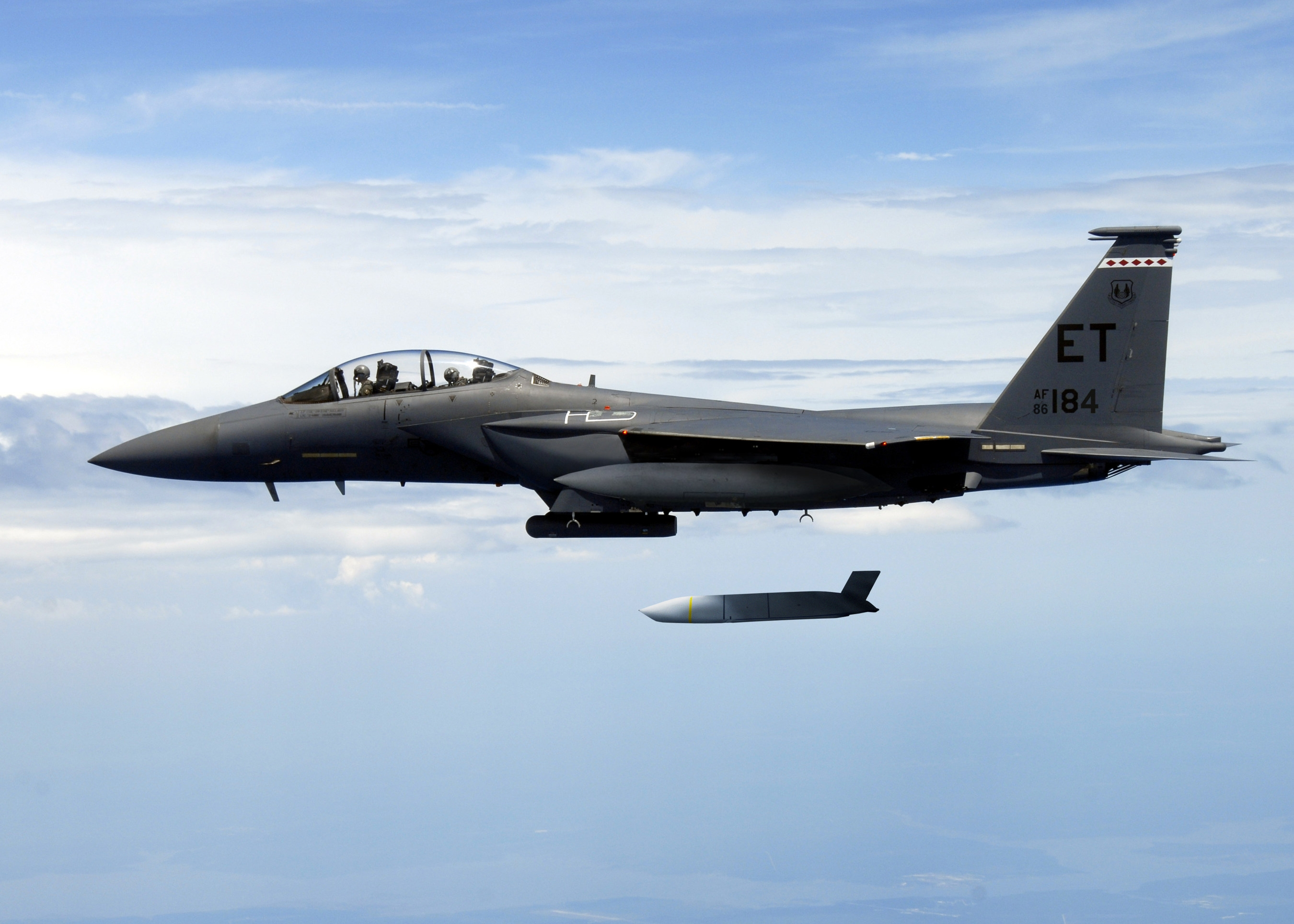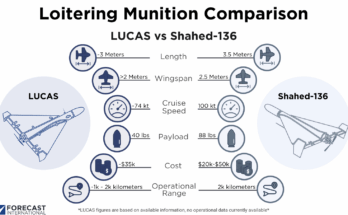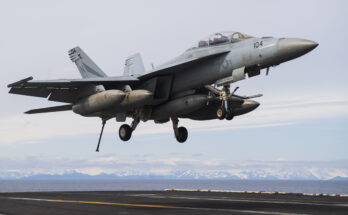
A recent arms sale announced by the U.S. Defense Security Cooperation Agency (DSCA) has highlighted the rising demand for GPS anti-jamming technology. The approved Foreign Military Sale, revealed on January 15, will see 16 AGM-158B/B-2 Joint Air-to-Surface Standoff Missiles with Extended Range (JASSM-ER) delivered to the government of Japan for an estimated cost of $39 million. Among the associated equipment and components called out in the announcement, is the JASSM Anti-jam Global Positioning System Receiver (JAGR).
For JASSM-ER prime contractor, Lockheed Martin, JAGR is one of the cruise missile’s key components, promoted among such other features as its stealth, modernized Missile Control Unit (MCU), and enhanced software. Generally, to ensure GPS receivers can continue to function during the course of a mission, anti-jamming technology like JAGR uses power minimization to reduce the effect of adversarial interference.
For many years running, GPS jamming has been a relatively cheap and easy form of international harassment. Attackers can strike simply by emitting overwhelming signals along the same frequency as the GPS. North Korea, likely on many occasions, has taken advantage of the always vulnerable navigation technology to hamper aircraft and seagoing operations of its neighbor to South.
Since Russia’s invasion of Ukraine, instances of GPS jamming have become even more notable. In airspace far from the battlefields, and in the sea lanes of the Baltic, interference has frequently brought a halt to commercial air traffic and shipping.
As for JASSM itself and by extension, the JAGR component, the program has seen steady demand in recent years. The U.S. Air Force last year awarded Lockheed Martin a sole-source $3.2 billion contract for procurement of JASSM and AGM-158C Long-Range Anti-Ship Missiles (LRASM). The contract covers procurement of JASSM Lot 22 and Foreign Military Sales orders for Japan, the Netherlands, Finland, and Poland.
Along with the missile purchase, the recent JASSM FMS to Japan also includes munitions support, spare parts, integration and test support, classified and unclassified software delivery, and personnel training among other and services.
Forecast International’s Electronic Warfare Forecast offers in-depth analysis of electronic attack, missile and radar warning systems, self-protection suites, and signals intelligence programs. Coverage extends to cutting-edge RDT&E efforts like infrared countermeasures and counter-drone technology. Key programs and systems across land, sea, and air domains are featured, including the Next Generation Jammer (NGJ), the Common IR Countermeasures (CIRCM) system, the Praetorian Defensive Aids Suite, the SLQ-32, Surface Electronic Warfare Improvement Program, and the TROPHY Active Protection System. An annual subscription provides over 80 individual reports, the majority including a 10-year unit production forecast. Three Market Segment Analyses are also included, covering Decoys Dispensers, Electronic Attack Systems, and Electronic Support Measures. Learn more and subscribe today at www.forecastinternational.com
Andrew Dardine is lead analyst for Forecast International's Defense Electronic Systems group. He is the primary author of Forecast International's Electronic Warfare Forecast and co-author of Electro-Optical Systems Forecast and C4I Forecast. Andrew is also a regular contributor to FI's Defense & Security Monitor blog, offering insights into developing technologies such as directed-energy and next-generation jamming systems. His analysis of such vital market areas as EO/IR systems and electronic countermeasures technology has been cited in Defense News, Aerospace Daily, and Bloomberg Businessweek, among other news media. He has also written about the electronic defense market for Aviation Week and the Journal of Electronic Defense.




